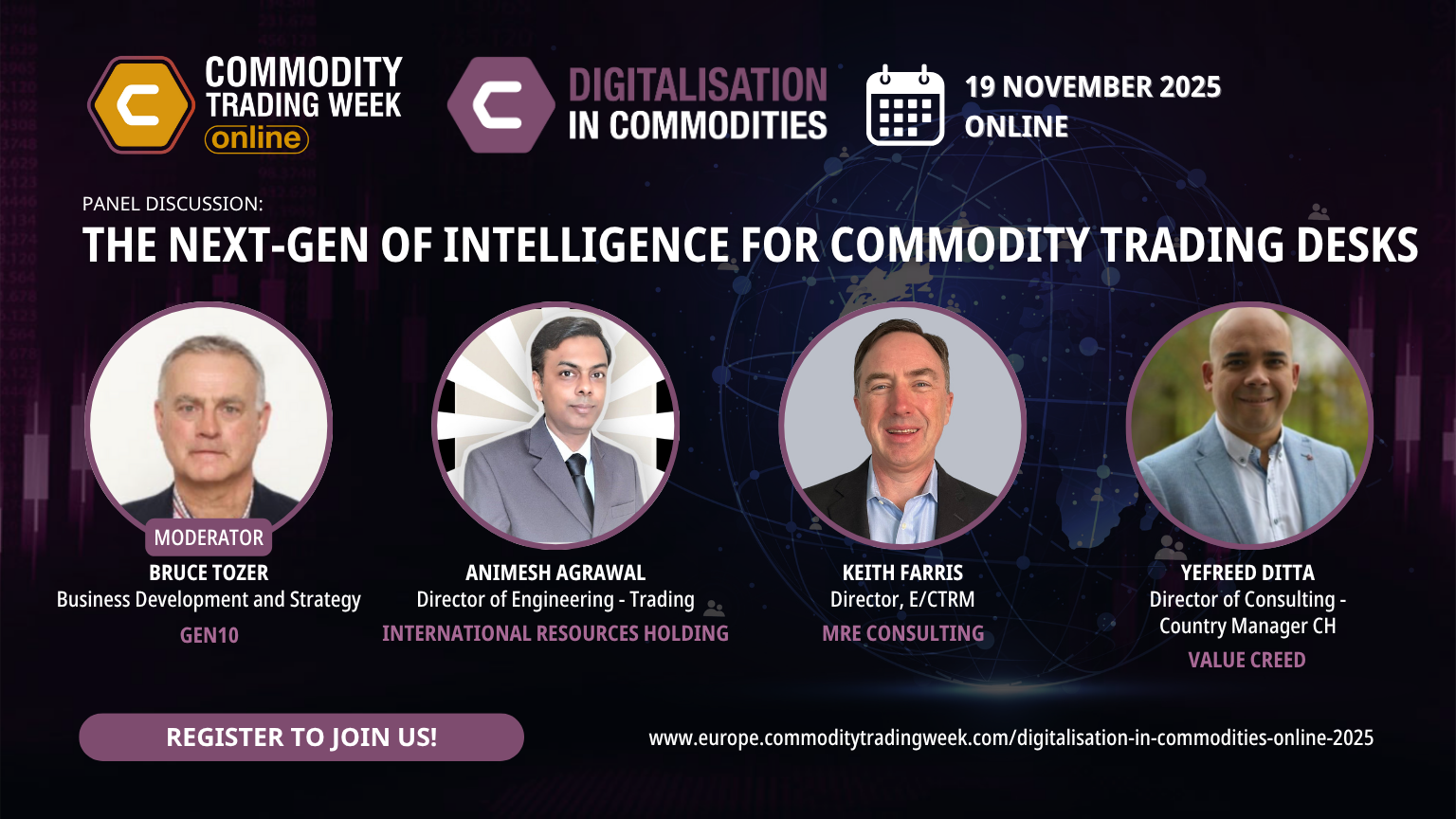With more organisations than ever voluntarily making commitments to reduce or eradicate their carbon emissions, carbon offsetting has become an important tool in the push for net zero emissions and carbon markets have arisen to meet the demand for offsetting. And it is not just corporates that are aiming to reduce their greenhouse gas emissions; countries and regions are increasingly creating timescales for their own transitions to net zero emissions.
These commitments usually involve phasing in taxes or mandatory carbon offsetting for polluters operating in, or trading with, a particular jurisdiction. Organisations not currently engaged in voluntary carbon offsetting could therefore soon find themselves needing to manage mandatory compliance emissions trading.
Compliance vs voluntary offsetting
Compliance |
Voluntary |
| Mandated by a government or other body. | Established at the organisational level based on their own agenda. |
| Usually overseen by regulators, with clear rules and structures. | There may be some oversight in the form of disclosures or oversight over advertising claims but often less regulated than compliance offsetting. |
| Credits are generally standardised within a particular scheme. | Each project can be considered on a unique basis, with organisations able to demonstrate improvements against multiple UN Sustainable Development Goals, depending on the projects they choose to fund. |
| In the early stages but moving towards transparency and co-operation between schemes. | Generally more fragmented and less transparent. |
Carbon offsetting is still in its early stages, with both compliance and voluntary markets changing rapidly and a steady introduction of new compliance markets in other geographies.
Voluntary carbon offsetting can allow organisations to go above and beyond their compliance obligations. They may undertake offsetting projects to achieve net zero or negative carbon emissions. Generally, but not necessarily, the organisation has the option of selecting which carbon reduction projects they wish to fund and can choose projects based on additional metrics, such as improving water suppliers or economic growth in the region alongside the impact on greenhouse gas emissions.
Compliance markets are expanding
Compliance markets currently make up the majority of the $272 billion global carbon markets, with the European Union’s Emissions Trading System accounting for 90% of the total value in 2020. These markets are growing rapidly; their total value rose by over 20 percent in 2020. They are also becoming increasingly centralised; China began with eight regional greenhouse gas emissions trading projects in 2013 and is now launching a nationwide expansion, and Canada is following a similar trajectory, whilst a growing number of states in the US are developing their own markets.
As mandatory markets grow, the boundaries between voluntary and compliance emissions trading schemes change, with markets that were previously voluntary becoming incorporated into the mandatory scheme. For example, the UK’s ETS currently covers only domestic flights, electricity generation and energy-intensive industries, but there are plans for this scheme to expand into other sectors in future.
But the growing compliance market does not mean that voluntary markets are going away any time soon, and many analysts anticipate market growth in the coming decades. And even when organisations are subject to mandatory markets, the different functions of each market may mean that they choose to purchase from both marketplaces.
The motivation to use compliance markets is clear from the name, but the standardised nature of these markets means that they can also be used to hedge against future carbon price changes. There are a wider range of motivations to take part in voluntary markets, usually related to the organisation’s other ESG goals. Voluntary offsetting allows the business to review the additional benefits of each offsetting scheme and create unique non-standard contracts that capture and price the wide range of benefits of each project over their own desired timeline.
Technology to manage both markets
Given the evolving nature of both compliance and voluntary markets, and the changing barriers between them, it is important for all organisations trading and offsetting carbon to have the flexibility in their processes to operate in voluntary, compliance or multiple markets as their needs change. This means that any technology they use to support their environmental market assets needs to be flexible but also adapted to both options.
Voluntary markets and optionality
Technology to manage assets in voluntary carbon markets should allow users to organise large amounts of information in a way that can be easily accessed for the most effective processing and auditing. For example, Gen10’s NetZero OS provides lifecycle management of carbon credits, meaning you can manage your activities from origination and trading to retirement.
The system enables organisations to create contracts and other documents containing all the unique attributes of a given project, including credits’ grades or standards, certifications, whether the project meets multiple UN Sustainable Development Goals, or other custom attributes.
These attributes all have value, and the advantage of operating in a voluntary market, for both the project and the organisation purchasing credits, is that this value can be priced in to credits. Again, NetZero OS allows you to manage this simply and easily.
NetZero OS can be used to manage projects over different timescales, with vintage management and the ability to create delivery schedules for carbon credits to be purchased over time. It also includes the ability to allocate carbon credits so that all activities can be verifiably offset, credit purchases can be optimised, and the organisation is protected against claims of greenwashing.
Compliance carbon credits and market mechanisms
In many ways, compliance carbon markets are more commoditised due to the standardisation of credits on offer through Emissions Trading Schemes. To enable organisations to effectively buy, sell and hedge their carbon credits, as well as plan for future credit needs, supporting technology needs to have the tools to manage environmental credits across markets, timescales, trading and the complete carbon credit lifecycle.
Participants in compliance markets are facing increased costs, both of the carbon credits themselves, and of the administration time to manage their trading and reporting. Their technology therefore needs to focus on efficiency. They need a system such as NetZero OS that allows the business to quickly price credits based on a particular exchange or forward curve, and to understand a credit’s Mark-to-Market at a glance. And as with voluntary markets, schedules for delivery and clear allocations allow for planning on an ongoing basis and the ability to verify offsetting with a clear audit trail.
Voluntary and compliance carbon markets are used quite differently and for different purposes. Each needs technology to support your organisation if it is to participate efficiently in the market, but the exact functionality of this technology can vary depending on which market(s) your organisation is participating in – and could well change in the near future.
Therefore, the most important feature of environmental markets software is the flexibility to establish systems that align with how your business operates and the ability to adapt as this changes in future.
Find out more about how NetZero OS can offer this flexibility and many other benefits to your carbon trading.



